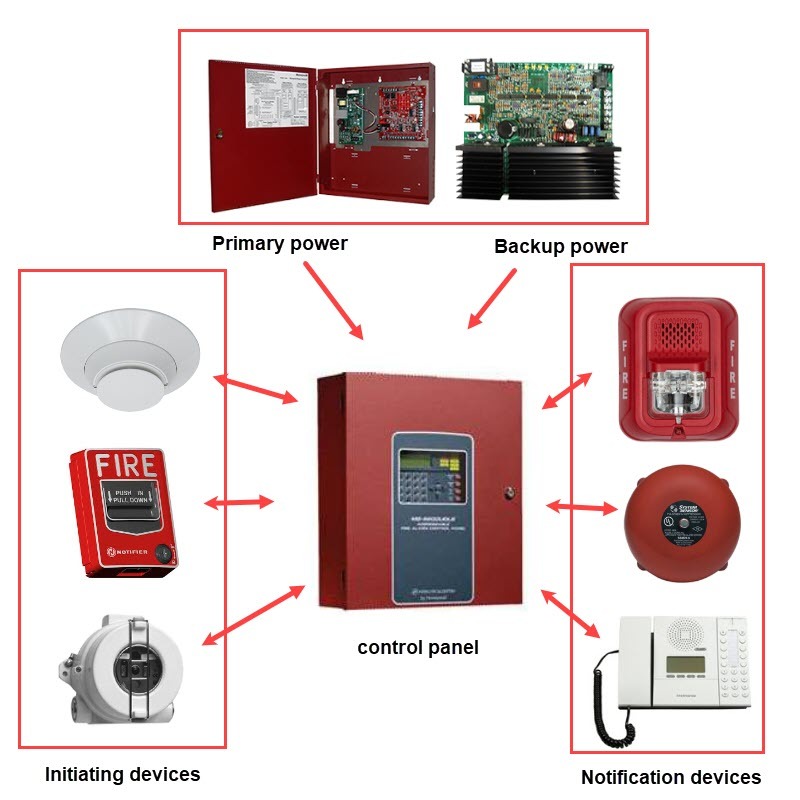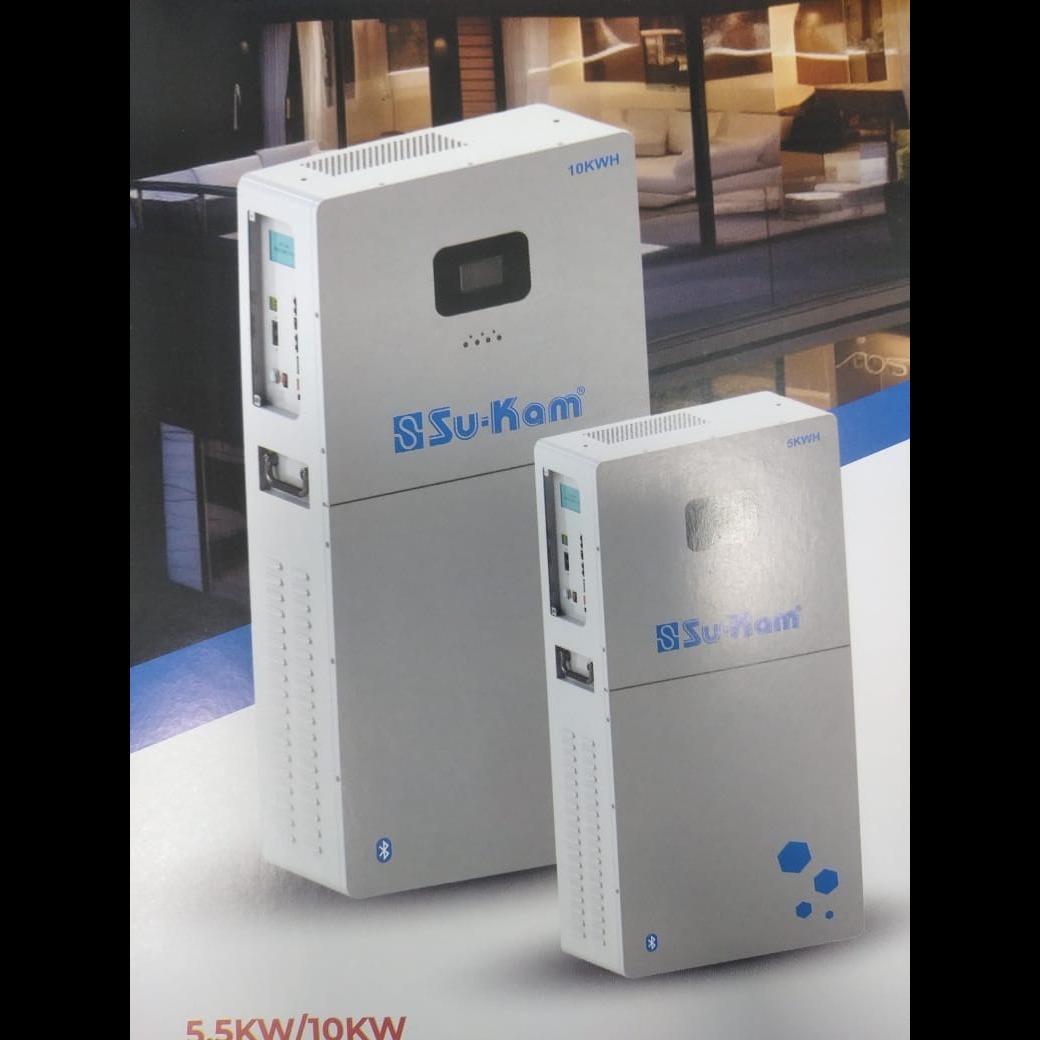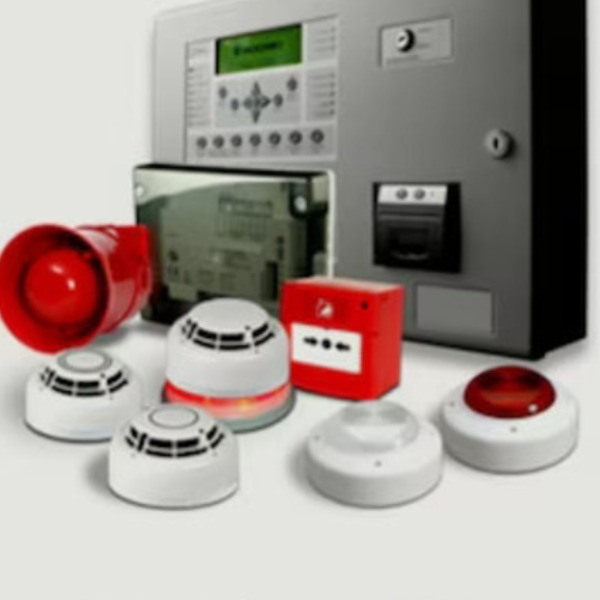
Fire Alarm System
A Fire Alarm System Control System is a centralized system designed to detect, alert, and manage fire-related emergencies within a building or facility. It integrates various components to ensure rapid detection and response to potential fires, enhancing safety and minimizing damage.
🔥 Key Components of a Fire Alarm Control System
Fire Alarm Control Panel (FACP)
The central brain of the system.
Monitors inputs (sensors) and manages outputs (alarms, suppression).
Can be addressable (specific device location) or conventional (zone-based).
Initiating Devices (Input Devices)
Detect signs of fire and send signals to the control panel.
Smoke detectors
Heat detectors
Flame detectors
Manual call points (pull stations)
Gas detectors
Notification Appliances (Output Devices)
Alert building occupants of a fire emergency.
Horns
Strobes
Speakers (voice evacuation)
Bells
Power Supply
Primary power: from the building's electrical system.
Backup power: batteries or generators to maintain functionality during outages.
Control and Monitoring Interfaces
Touch panels or keypads for interaction.
LED displays showing status of zones/devices.
Remote monitoring options via networks or mobile alerts.
Emergency Communication System
Interfaces with public address systems.
Voice alarms for emergency announcements.
Fire Suppression System Interface
Integration with sprinklers, clean agent systems, or CO2 systems.
Automatically activates suppression when fire is confirmed.



